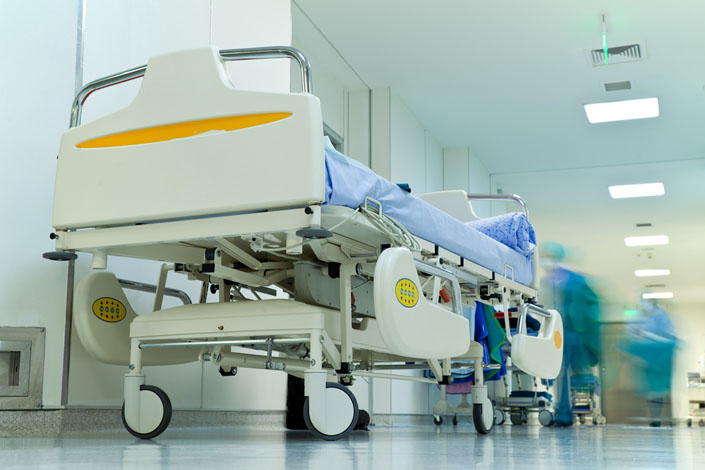Choroby wieku podeszłego Terapia 2020, 11 ( 394 ) : 84 - 93
Postępy w profilaktyce i leczeniu odleżyn
Advances in pressure ulcer prevention and treatment
Odleżyna (decubitus) to miejscowa martwica tkanek. Powoduje ją długotrwały ucisk wystających części układu kostnego na naczynia krwionośne. Przyczyną jej powstania jest więc miejscowe niedokrwienie, w wyniku czego następuje uszkodzenie komórek i zmiany martwicze, które mogą ulec powtórnemu zakażeniu (2). Podobnie odleżynę określa międzynarodowa grupy ekspertów NPUAP (National Pressure Ulcer Advisory Panel) – EPUAP (European Pressure Ulcer Advisory Panel) (1).

Zaloguj się i przeczytaj bezpłatnie całą treść artykułu.
Nie masz jeszcze konta dostępowego?
Zarejestruj się bezpłatnie, a otrzymasz:
* dostęp do wszystkich doniesień oraz pełnych tekstów artykułów naukowych w naszej Czytelni,
* prawo do bezpłatnego otrzymywania newslettera "Aktualności TERAPIA" z przeglądem interesujących i przydatnych wiadomości ze świata medycyny oraz systemu ochrony zdrowia w Polsce i na świecie,
* możliwość komentowania bieżących wydarzeń oraz udziału w ciekawych quizach i konkursach.
Zapraszamy serdecznie, dołącz do naszej społeczności.



Dodaj komentarz